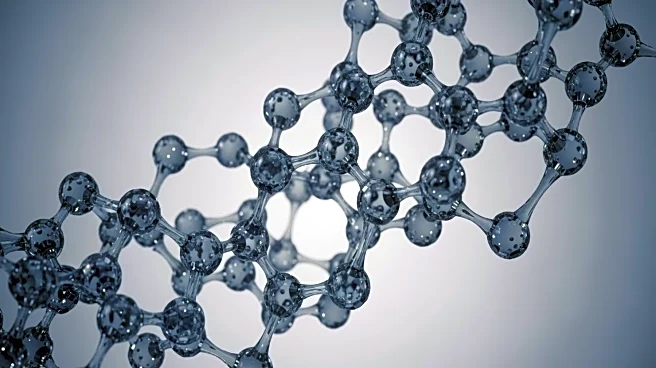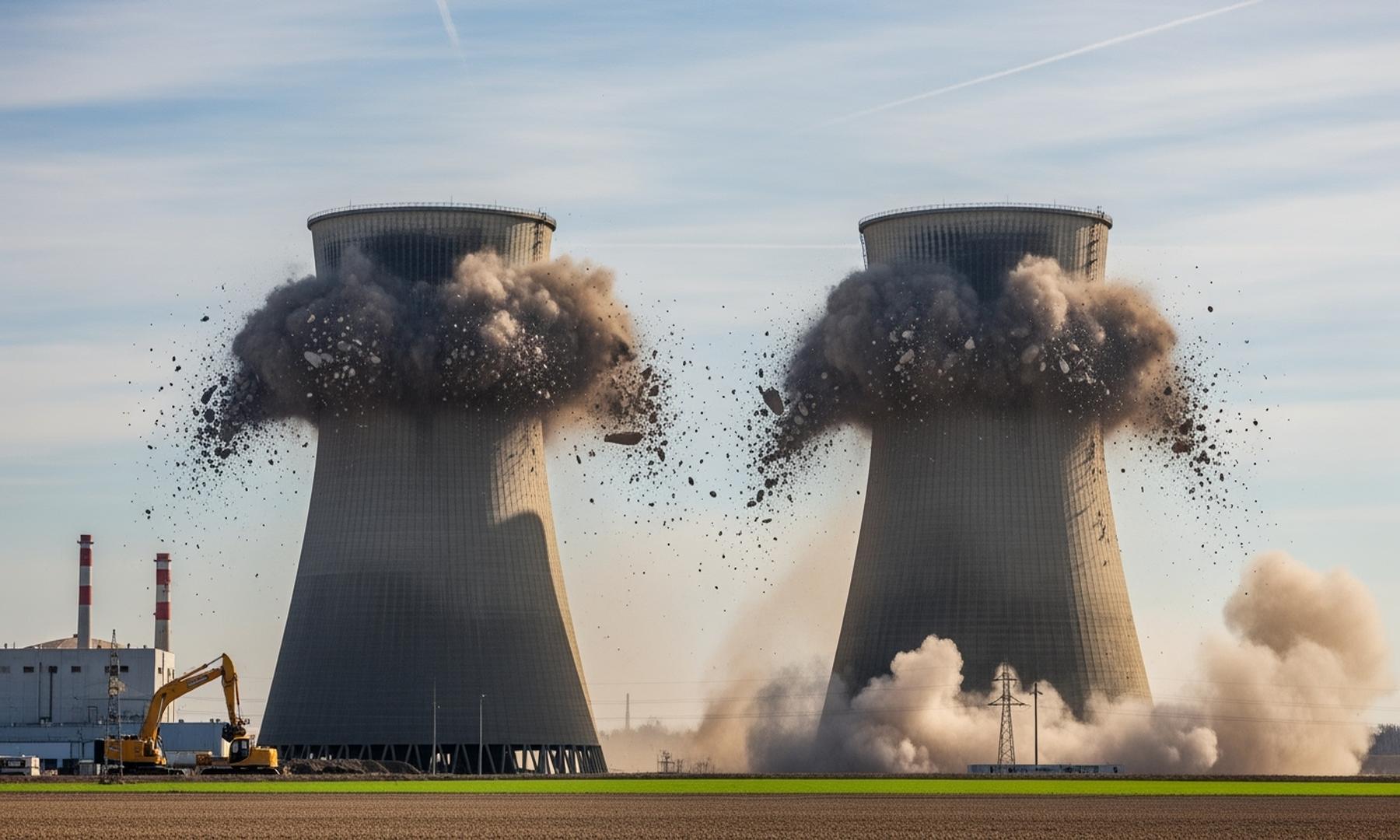What's Happening?
Researchers have developed a porous molecularly woven fabric, known as PWPN-1, capable of dynamically separating water isotopologues, specifically H2O and D2O. The fabric's structure allows for the removal of benzene molecules, leading to a contraction
along the c-axis and enhancing its separation capabilities. The material exhibits a higher equilibrium adsorption capacity for D2O compared to H2O, demonstrating its potential for effective separation. The study involved various adsorption experiments, revealing that the fabric maintains stability while adapting to external stimuli, making it suitable for dynamic separation processes.
Why It's Important?
The development of PWPN-1 represents a significant advancement in materials science, particularly in the field of isotopologue separation. This technology could have substantial implications for industries that require precise separation of isotopologues, such as nuclear energy and pharmaceuticals. The ability to separate D2O from H2O efficiently could lead to more cost-effective production of heavy water, which is crucial for certain nuclear reactors. Additionally, the adaptive stability of the fabric suggests potential applications in other areas requiring dynamic separation processes, potentially leading to innovations in chemical processing and environmental management.
What's Next?
Further research will likely focus on optimizing the fabric's structure and exploring its applications in various industrial processes. The scalability of PWPN-1 production and its integration into existing systems will be key areas of investigation. Researchers may also explore the fabric's potential in separating other isotopologues or chemical compounds, broadening its applicability. Continued advancements in this field could lead to more efficient and sustainable industrial processes, with significant economic and environmental benefits.














